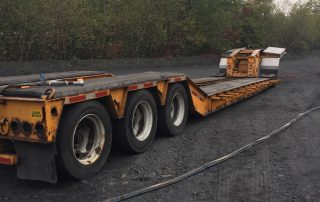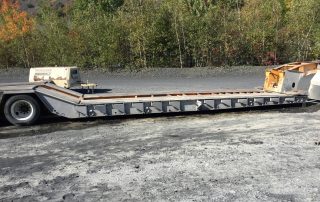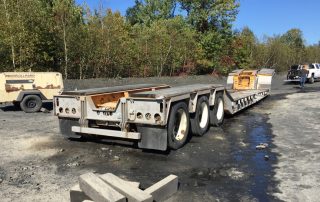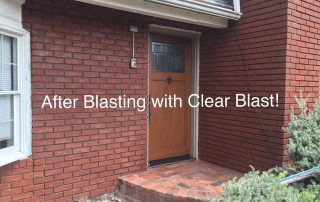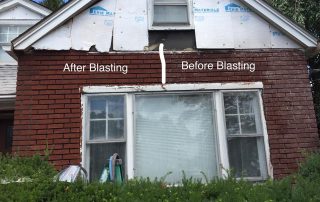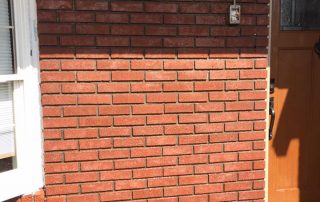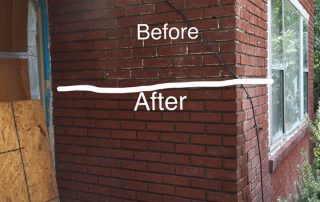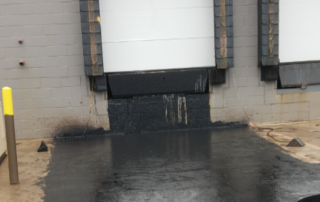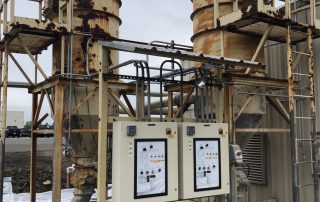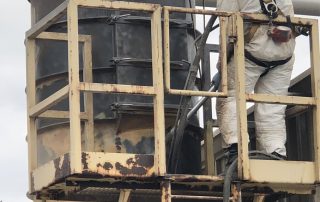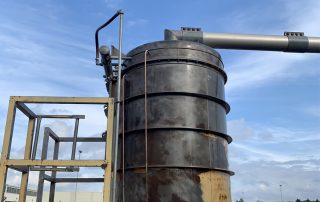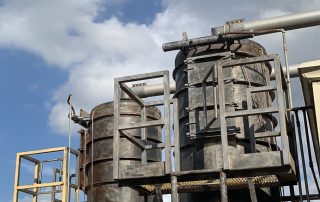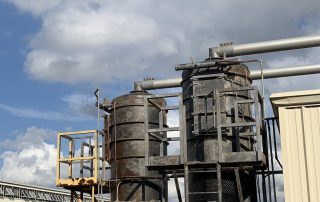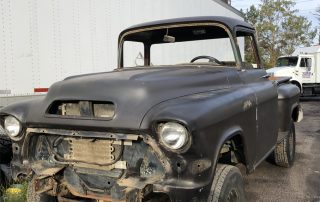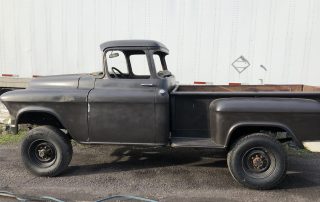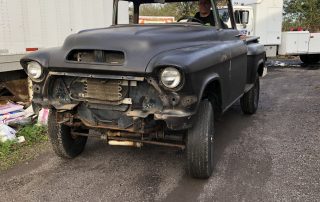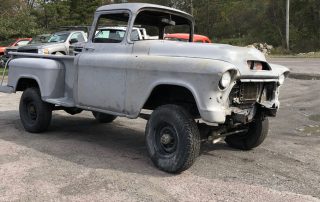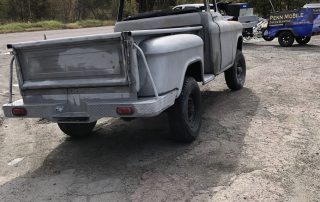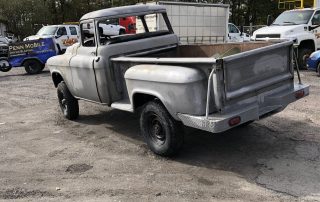Wet Abrasive Blasting, The water suspends the abrasive media in the cleaning stream and reduces the dispersal of airborne particles. Water consumption during blasting is very low – typically 1 pint per minute. Abrasive is added to remove coatings and clean surfaces impossible to tackle with conventional systems, and also delivers outstanding efficiency, less consumption, more control, and environmental safety.Air safely delivers the wet abrasive stream to the surface. This air can be supplied by an on-site air compressor or by the on-board compressor in our fully self-contained models. Available blast pressures ranging from 30 – 130 psi enable you to effectively remove virtually any coating from any surface.
Wet Abrasive Blasters use compressed air and very small amounts of water to align the blast media while it travels down the hose with little or no resistance at a high velocity much like a storm of darts. Upon contact, they burst into thousands of sharp “missiles” which actually force their way BETWEEN the surface and the coating being removed. The ability to adjust the aggressiveness as it discharges over a surface means wet abrasive blasting is the most versatile method for removing virtually any coating!
Abrasive Dry Blast systems work by hammering hard particles against the coating and substrate until the coating (and the abrasive as well) is pulverized and dispersed into the air. This high-pressure destruction actually damages a portion of the substrate in order to remove the coating! This high-pressure method wastes energy, takes more time, distresses the substrate, can injure workers, and creates clouds of dust and contaminants requiring substantial containment and cleanup.
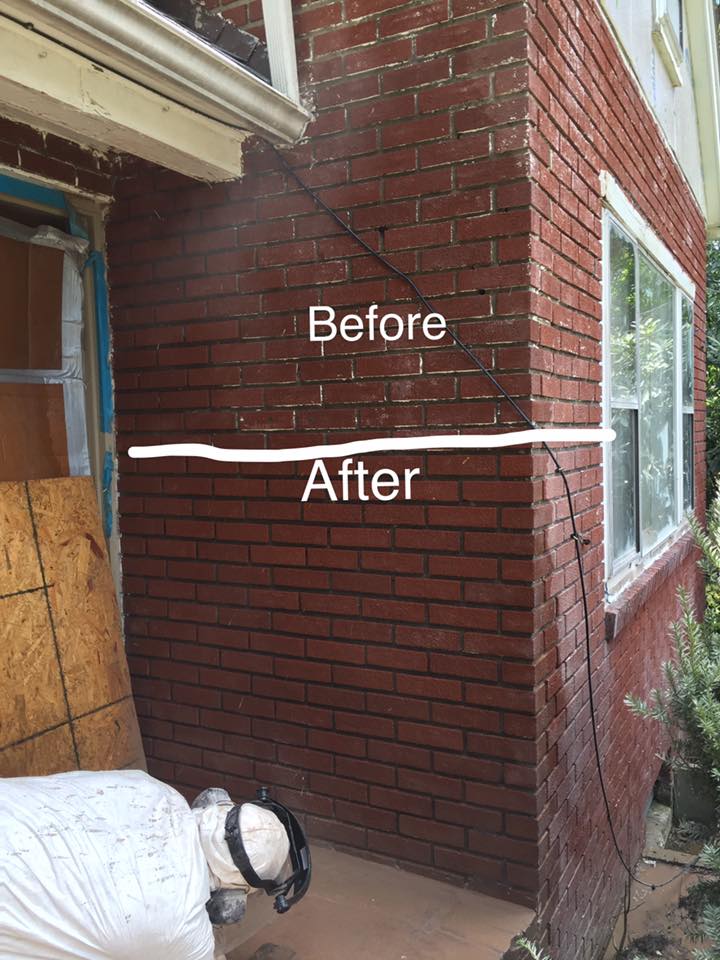
What is wet abrasive blasting?
Wet abrasive blasting works by mixing water and abrasive first, then using compressed air to propel the slurry against the surface. Unlike dry blasting, wet abrasive blasting substantially reduces media consumption up to 75% and eliminates dust by over 90% while still providing any profile and surface cleanliness required. Abrasive media is immersed in water and sent to a nozzle where the regulated compressed air is added. The ability to adjust the aggressiveness as it discharges over a surface means wet abrasive blasting is a cost-effective and environmentally safe surface cleaning and preparation method.
What is the difference compared to dry blasting?
The Farrow System® wet blasting process eliminates more than 95% of the ambient dust, eliminates abrasive embedment in the substrate, and produces a more consistent finish. Wet Abrasive consumption as little as 1/10th of the volume of traditional dry blasting methods, which makes it not only the safest and greenest option, but the most economical wet sandblast option as well!
What results can I expect?
The wet blast equipment will remove the toughest coatings, yet can be adjusted to clean the most fragile surfaces, without embedment or damage. Whether removing corrosion on a battleship or removing graffiti from sandstone, Wet-Abrasive cleaning is extremely versatile.
What about flash rust?
In many cases the process of wet abrasive blasting, and air-drying the substrate, flash rust can be inhibited. Certain applications will require the use of organically based and environmentally friendly rust inhibitors that can be mixed directly with the water.
Best Wet Abrasive Blasting Services in Pennsylvania
High Pressure Power Washing
Truck/Trailer Washing
Heavy Equipment Washing
House Washing
Power Gen
Videos
Applications for Wet Abrasive Blasting
Property Management & Shopping Centers
- Line Removal
Curb Paints
Graffiti
Sidewalk Cleaning
Rust Stains/Gum Removal/Grease
Tire Marks
Wall Paint Prep
Municipalities
- Graffiti
Gum Removal
Rust Removal
Grease/Paint Spillage
Equipment Maintenance
Parks and Recreation
Military
- Buoy Maintenance
Vessel Cleaning
Non-slip Removal
Building Maintenance
Ship Maintenance
Subs
Radar Housings
Marinas
- Boat Bottoms
- Running Gear
- Props
- Shaft
- Grounding Plates
- Line Cutter
Teak Decks
Masts
Outdrives
Dock Maintenance
Boat Dealers & Manufacturers
- New Boat Prep
Broker Boat Refurbish
Maintenance
Large Marinas & Boatyards
- Steel, Aluminum and Fiberglass Hulls
Dock Maintenance
Holding Tanks
Fleet Maintenance
- Truck Undercarriage Maintenance
Rim Rust Removal in Place
Truck Body Rust and Touch Up
Dumpsters
Truck Beds
Petro-Chemical/Gas
Piping and Valve Maintenance
Off-shore Oil Rigs
Equipment Cleaning
Holding Tanks
Plant Cleaning/Smoke Stacks
Airports
- Runway Maintenance
- Light Housings
- Line Removal
Lot Maintenance and Cleaning
Structural Maintenance
Historical Sites
- Brick Restoration
Smoke Damage
Paint Removal
Monument Restoration
Decks & Outdoor Spaces
- Hardwood/Deck Stripping
Furniture/Teak
Mold/Mildew on Paths and Walls
Concrete Coloring Industry
- Coatings Removal
Sealers
Spills
Textured Concrete Cleaning
Abatement
- Lead Paint
- Asbestos
Mold
Theme Parks
- Ride Maintenance
Park Cleaning
NASA
- Abatement Projects
Building Maintenance
Proudly Serving:
Philadelphia | Reading | Allentown | Easton | Bethlehem | Wilkes-Barre | Scranton | Harrisburg | Lancaster | York | Lebanon | Hershey | Berwick | Hazleton | Bloomsburg | Lewisburg | Williamsport | Hershey | Pottsville



